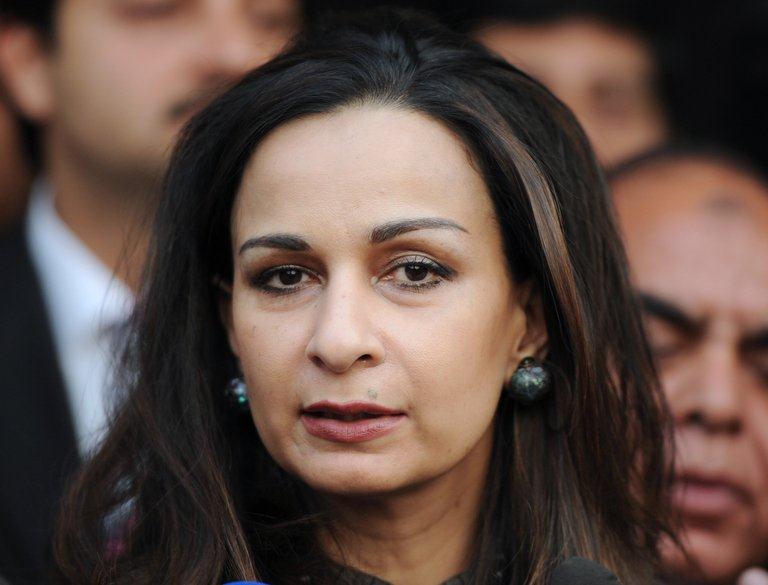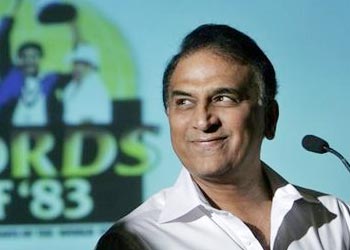July 27, 2014
That raspy voice, that way of delivering lines that dripped with sarcasm — M. R. Radha was the man everyone loved to hate. With Raththa Kanneer turning 60 this year, the writer sums up Radha’s life in this three-part series on iconic Tamil villains

July 27, 2014
That raspy voice, that way of delivering lines that dripped with sarcasm — M. R. Radha was the man everyone loved to hate. With Raththa Kanneer turning 60 this year, the writer sums up Radha’s life in this three-part series on iconic Tamil villains

M. R. Radha with M. N. Rajam in Raththa Kanneer
In 1961, a Tamil movie was released by MAV Pictures titled Panam Panthiyiley, featuring some top stars of Tamil cinema — S.S. Rajendran, C.R. Vijayakumari and M.R. Radha. In its review of the film, popular Tamil weekly Kumudham wrote in its usual sarcastic last line sum-up of the movie, “Radha Illaiyel Padam Kuppayiley!” (Without Radha, this film belongs in the trash can!)
Such was the genius of the iconic M.R. Radha, who virtually ruled Tamil films even though he was not hero but villain. Many films attracted audiences due to Radha’s presence and fascinating performance. He was not handsome, but stood out because of other qualities such as a distinct voice and a unique dialogue delivery that dripped with sarcasm, satire and, of course, humour. In one film, an aged father begs Radha to leave his daughter alone for she is all he has. “Enn penn thaan enn sotthu,” says the father. Pat comes the wisecrack, ‘Ponnu thaan von property-yaa!’ It brought the house down.
Madaras Rajagopala Radhakrishna Naidu (aka M.R. Radha) was born on April 14, 1907 in Madras (now Chennai) His father had a stall in Kotwal Chavadi, the famous vegetable wholesale market in Madras. He abandoned home and poverty to join a Boys’ Company, taking up theatre as a career. He made his debut in 1939 with Santhana Thevan in a supporting role, then played hero in a couple of movies which did not exactly set the Coovum on fire. He decided to join Dravidian leader Periyar, simultaneously abandoning cinema for theatre.

With Sivaji Ganesan in Paava Mannippu
Then in 1954 came Raththa Kanneer, the celluloid version of a hit play of the same title that had created history in Indian theatre. Thiruvarur Thangarasu, a disciple of Periyar and contemporary of Mu. Karunanidhi, wrote the play Raththa Kanneer with Radha as hero. It became a roaring overnight success and was enacted thousands of times not only in Tamil Nadu but also in other Tamil-speaking areas beyond the shores of India like Malaysia and Singapore. The film version was a fabulous hit and continues to be popular even today. It catapulted Radha into fame and back into cinema. The film celebrates its 60th anniversary this year.
Radha dominated the play and it was incredible how he set the stage on fire day after day, month after month, and sometimes even twice a day. The play had a prolonged run in Madras city at the old Wall Tax Theater in Park Town known popularly as ‘Othavaadai Theater’.
The storyline is somewhat predictable. A rich man returns to India after some time spent ostensibly studying in England. He is forced to marry his cousin Chandra. However, he falls for a woman of easy virtue, Kantha, who is after his money. His women, wine and song lifestyle soon catches up and he contracts leprosy. Now the mistress mistreats him, kicking him out on the streets, where he is forced to beg for food. He realises his folly and asks his brother to erect a statue for him and spread word about how he ruined his life, so that it might serve as a lesson for posterity. He also exhorts his brother to marry his abandoned wife.
Radha’s incredible performance in the lead made the movie an immortal classic. M.N. Rajam, who too became a star with this film, played the mistress. His wife was Telugu actress Sriranjani Jr known for tragic roles. The younger brother was the then up-and-coming star S.S. Rajendran, while his mother was S.R. Janaki. The film was produced by National Pictures, which also produced the classic Parasakthi marking the debut of Sivaji Ganesan. Directed by Krishnan-Panju, Raththa Kanneer had noted singer C.S. Jayaraman as its composer who also sang many of the songs. The song filmed on Radha suffering and begging on the streets, ‘Kutram purindhavan,’ was interspersed with Radha's lament. The background music was provided by Viswanathan-Ramamurthy. The nippy song filmed on Rajam (voice T.V. Ratnam), 'Aalai aalai paarkirar,’ was a straight lift from the 1952 film Poonam (‘Jhumhe jhumhe’ sung by Lata Mangeshkar).

With Gemini Ganesan in Hello, Mister Zamindar
After the success of the movie, Radha became a much sought-after artiste and ruled Tamil cinema like a colossus, starring in practically every other movie. He acted in more than a hundred films but we can mention only some like Paava Mannippu, Paasa Malar, Baley Pandya, Chitthi, Kai Kodutha Deivam, Puthiya Paravai, Iruvar Ullam, Alayamani, Saradha and Padithalmattum Podhuma.
Unfortunately, the infamous incident where Radha shot MGR in the throat, landed him in prison for some time. Interestingly, he wrote a book about why he shot MGR and spoke often in public, giving his version of events, not only here but also in the Far East.
He had many romantic liaisons and some children from these. M.R.R. Vasu and Radha Ravi were his first wife’s sons. Radha Ravi made a mark not only as an actor but also as a political figure. Vasu showed much promise, but sadly did not live up to it, dying young. Noted star Radhika Saratkumar is his daughter.
Though Radha passed away in 1979, such was the unusual popularity of this villain that he is still much loved even after 30 years.
Courtesy: The Hindu
















































































































